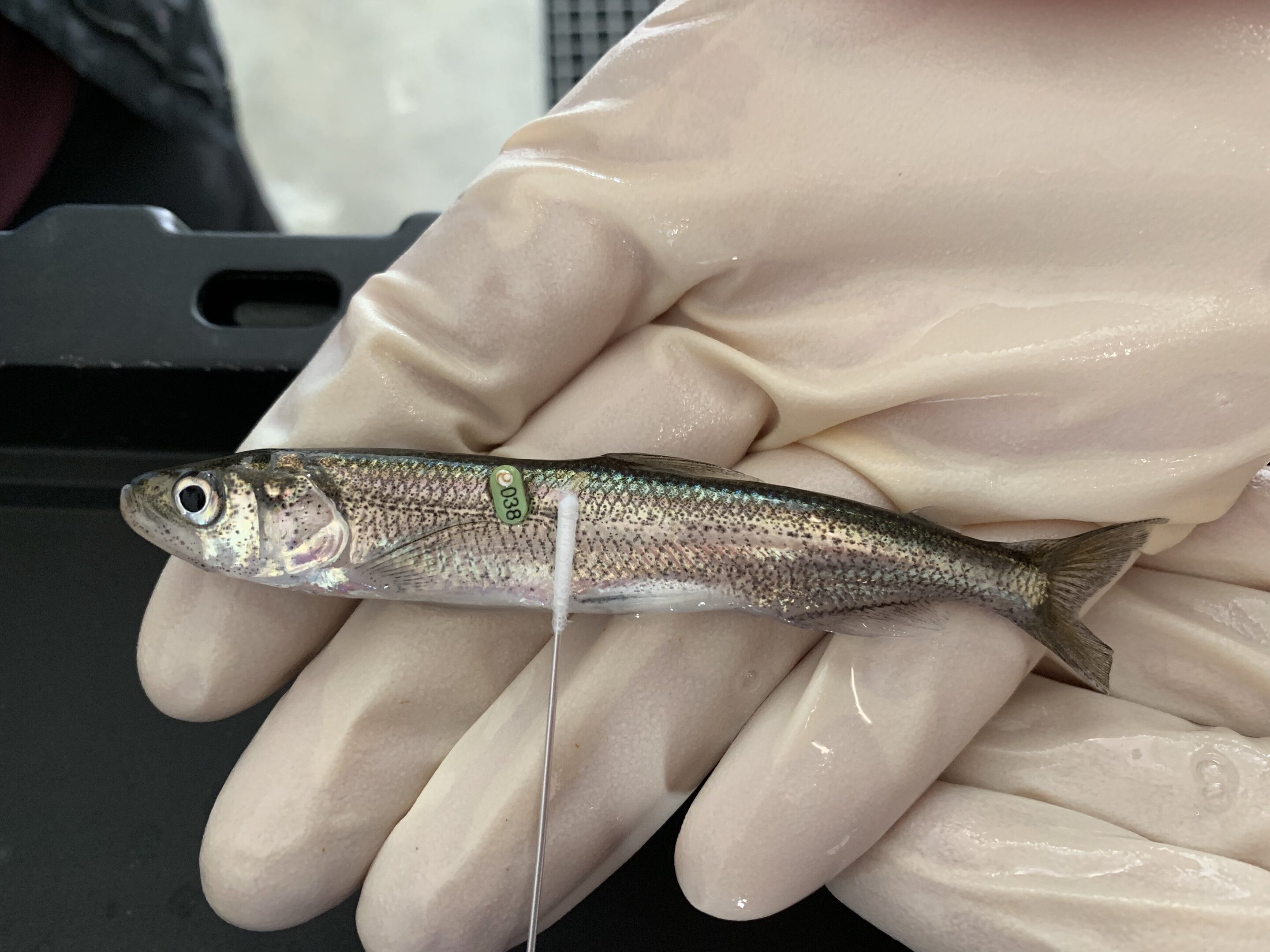CRISPR a tool for conservation, not just gene editing
Date: 22.5.2020
The gene-editing technology CRISPR has been used for a variety of agricultural and public health purposes – from growing disease-resistant crops to, more recently, a diagnostic test for the virus that causes COVID-19.
 Now a study involving fish that look nearly identical to the endangered Delta smelt finds that CRISPR can be a conservation and resource management tool, as well. The researchers think its ability to rapidly detect and differentiate among species could revolutionize environmental monitoring.
Now a study involving fish that look nearly identical to the endangered Delta smelt finds that CRISPR can be a conservation and resource management tool, as well. The researchers think its ability to rapidly detect and differentiate among species could revolutionize environmental monitoring.
As a proof of concept, it found that the CRISPR-based detection platform SHERLOCK (Specific High-sensitivity Enzymatic Reporter Unlocking) was able to genetically distinguish threatened fish species from similar-looking nonnative species in nearly real time, with no need to extract DNA.
"CRISPR can do a lot more than edit genomes," said co-author Andrea Schreier, an adjunct assistant professor in the UC Davis animal science department. "It can be used for some really cool ecological applications, and we're just now exploring that."
The scientists focused on three fish species of management concern in the San Francisco Estuary: the U.S. threatened and California endangered Delta smelt, the California threatened longfin smelt and the nonnative wakasagi. These three species are notoriously difficult to visually identify, particularly in their younger stages.























